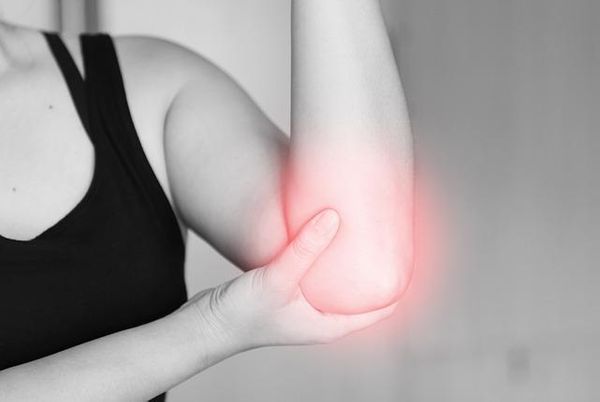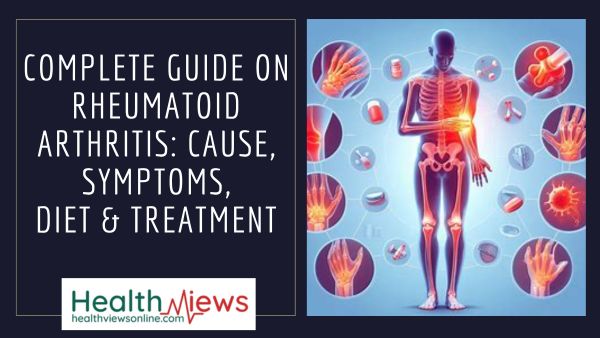Rheumatoid arthritis is a chronic autoimmune disease that causes inflammation and pain in many joints, usually the hands and feet. It may also affect other body parts such as the hips, knees, shoulders, fingers and nose. This can be very painful for you and your loved ones.
Rheumatoid Arthritis: The Cause
The immune system of a healthy person fights invaders such as bacteria and viruses. In RA, the immune system misidentifies the body’s cells as foreign invaders and releases inflammatory chemicals that attack those cells. The synovium, the tissue lining around a joint that produces fluid to help the joint move smoothly, is attacked by RA.
Researchers are baffled as to why people develop RA. They believe these people have specific genes that are activated by an environmental trigger.
Also Watch Web Story: What is Gout?
Rheumatoid Arthritis Symptoms
- Joint pain, tenderness, swelling, or stiffness that lasts at least six weeks.
- Morning stiffness that lasts for at least 30 minutes.
- There is damage to more than one joint.
- Small joints (wrists, certain joints in the hands and feet) are usually the first to be affected.
- Both sides of the body are affected by the same joints.
Many people with RA experience fatigue and, in some cases, a low-grade fever. RA symptoms may appear and disappear. A flare is characterised by a high level of inflammation and other symptoms. A flare can last days, weeks, or months. (Source)

Diagnosis of Rheumatoid arthritis
A rheumatologist (a doctor who specializes in treating arthritis) is the best person to make a correct diagnosis based on medical history, physical examination, and lab tests.
- The doctor will inquire about joint symptoms (pain, tenderness, stiffness, difficulty moving), when they began, if they come and go, the severity of the symptoms, and so on.
- Blood tests look for inflammation as well as blood proteins (antibodies) linked to RA.
- Erosions can be detected using an X-ray, ultrasound, or MRI (magnetic resonance imaging) scan. However, if they do not appear on the initial tests, this could indicate that RA is in its early stages and has not yet damaged bone.
Treatment of Rheumatoid arthritis
- Early and aggressive treatment to reduce or eliminate inflammation as soon as possible.
- Aiming for remission or another goal (known as “treat-to-target”) to achieve few or no signs or symptoms of active inflammation
- Tight control to keep inflammation as low as possible.
Also Read: Complete Guide on Osteoarthritis: Causes, Symptoms & Treatment
Diet For Rheumatoid arthritis
- Fatty fish: Salmon, tuna, sardines, herring, and other cold-water fish contain omega-3 fatty acids, which may aid in inflammation control.
- Fruits and veggies: Fruits and vegetables are high in antioxidants, which help to stabilise molecules known as free radicals, which can cause inflammation and cell damage.
- Whole grains: Oats, whole wheat, brown rice, quinoa, and other whole grains may lower CRP levels and lower the risk of heart disease, which is increased in RA patients.
- Peas and beans: These legumes are high in protein, which is important for muscle health – and RA patients are prone to muscle loss.
- Nuts: Nuts are known for their heart-protective properties and important nutrients due to their high content of monounsaturated fat.
- Olive oil: Replace other oils and fats with olive oil. It contains oleocanthal, a compound that reduces inflammation, in addition to healthy monounsaturated fat.
Also Read: Health Benefits of Millet for People With Various Health Diseases





